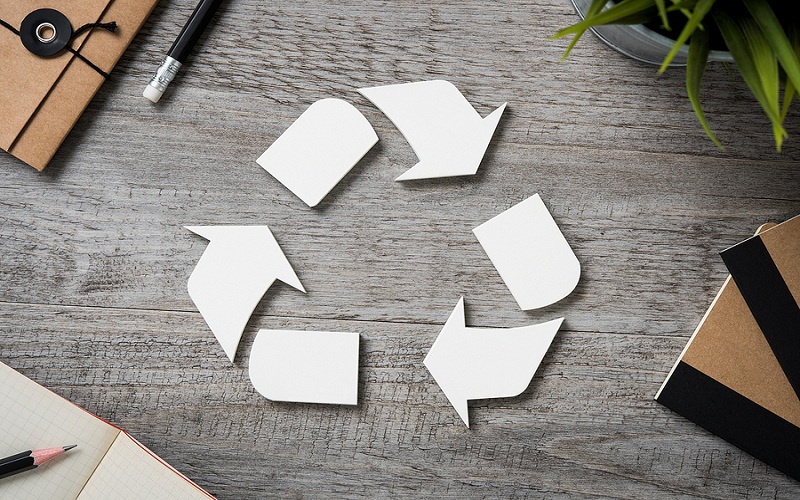10 Fascinating Facts About Precious Metal Recycling

Recycling precious metals is important for protecting the environment, maintaining a variety of industries, and maintaining natural resources. Precious metals are recycled to recover their worth and give them a new life, and they are used in everything from jewellery to electronics and automobile catalysts. This article covers ten amazing facts about recycling precious metals that demonstrate their significance and effects on the economy and ecology.
1. Unlimited Recyclability
One of precious metal recycling’s most intriguing features is its limitless recyclability. Precious metals, such as gold, silver, platinum, and palladium, may be recycled again and again without losing their quality or characteristics, in contrast to many other materials. Because of this, they are priceless resources that never run out and lessen the need for fresh mining.
2. Increased Recycle Rates
Among all materials, precious metals have one of the greatest recycling rates. For example, significant recycling efforts have kept almost 90% of all platinum ever mined in use today. Comparably, 60% of silver and 80% of gold are recycled each year, highlighting the significance of precious metal recycling for resource conservation.
3. Advantages for the Environment
Precious metal recycling is very beneficial to the environment. It lessens the need for mining, which has the potential to devastate habitats, contaminate water supplies, and erode the land. We preserve natural resources, cut down on energy use, and lessen greenhouse gas emissions related to the manufacturing of metals by recycling them.
4. Economic Worth
Recycling precious metals is a profitable sector with significant economic value. The yearly worldwide market for recycled precious metals is believed to be worth billions. Recycling supports economic growth and stability by giving the industry a consistent supply of metals at competitive rates.
5. Utilising Electronic Waste for Recovery
Electronic garbage, or “e-waste“, is rich in valuable metals. Tiny quantities of gold, silver, platinum, and other precious metals can be found in gadgets like computers, tablets, and mobile phones. These metals may be recovered through e-waste recycling, which lessens the need for mining and keeps dangerous materials out of landfills.
6. Recycling of Catalytic Converters
Vehicles cannot function properly without catalytic converters, which are vital parts made of platinum, palladium, and rhodium catalysts that lower pollutants. These valuable metals can be recovered through catalytic converter recycling and then employed in new converters or other industrial uses. This aids in resource conservation and pollution reduction.
7. Recycling of Jewellery
Reusing or discarding jewellery is another widely used procedure in the precious metal recycling sector. Gold, silver, and platinum found in jewellery may be melted down and recycled to make new designs. Reusing jewellery lowers the need for fresh mining and encourages eco-friendly procedures in the luxury goods sector.
8. Industrial Applications
Numerous industrial uses exist for recycled precious metals from different sources. For instance, platinum is utilised in the manufacturing of catalysts for the chemical and automotive sectors, whilst silver is employed in solar panels and electronics. Recycling ensures that these metals are always available for use in industry.
9. Techniques for Recovering Precious Metals
Precious metals may be extracted from scrap materials using various methods, such as chemical leaching, smelting, and electrolysis. These procedures change depending on the kind of material being recycled and the metals it contains. Cutting-edge technologies are always being developed to maximise environmental impact and increase metal recovery rates.
10. A Contribution to Sustainability
All things considered, recycling precious metals is essential to advancing sustainability. Recycling strengthens the circular economy, lowers pollution, and preserves resources, all of which help create a more sustainable future for future generations. The environmental and financial advantages of recycling precious metals will be increased by adopting recycling procedures and making investments in cutting-edge technology.
Conclusion
The amazing facts about recycling precious metals highlight how crucial it is for resource conservation, minimising negative environmental effects, and promoting economic expansion. The economy and ecology may gain much from precious metal recycling, which has a wide range of uses in industry and unlimited recyclability. By investing in recycling technology and encouraging ethical recycling practices, we can fully utilise precious metal recycling and build a more sustainable future.





